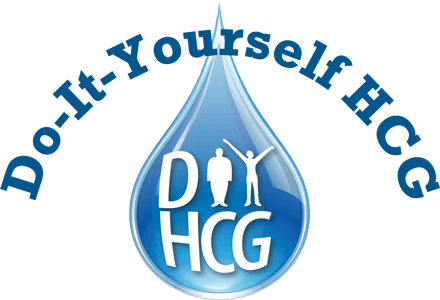What Can I Eat on HCG Diet Maintenance?
 We advise HCG Dieters who’ve finished the low-calorie phase of the protocol to follow a 6-week maintenance plan divided into two 3-week increments.
We advise HCG Dieters who’ve finished the low-calorie phase of the protocol to follow a 6-week maintenance plan divided into two 3-week increments.
First 3 weeks (No Sugars or Starches)
You should avoid carbohydrates, that is sugar, rice, bread, potatoes, pizza, pastries, and very sweet fruits like grapes, bananas, and melons. Use the below guidelines to determine what you should and shouldn’t eat during this time period. Make sure you don’t have more than 3 caution foods per day. Some caution foods that are great to use as snacks are cheese and nuts.
How we classify sugars and starches:
- More than 4 grams of sugar per serving counts as a sugar.
- More than 13 grams of carbohydrates counts as a starch.
General food category information:
- Fats contain 45 calories and 5 grams of fat per serving.
- Fruits contain 60 calories and 15 grams of carbohydrates per serving.
- Lean Protein choices have 55 calories and 2 to 3 grams of fat per serving.
- Medium Fat Proteins have 75 calories and 5 grams of fat per serving.
- Starches contain 80 calories and 15 grams of carbohydrates per serving.
- Vegetables contain about 25 calories and about 5 grams of carbohydrates.
Fruits explained:
An apple has 19 carbohydrates, 3 fibers, and 14 grams of sugar. Yet, apples are allowed during all phases of the diet and during maintenance, Dr. Simeons only suggests caution with “very sweet” fruit. Therefore, we have defined “very sweet” fruit as fruit having 14 or more grams of sugar, with less than 3 fibers or more than 20 carbohydrates.
Vegetables explained:
Generally, vegetables contain about 25 calories and about 5 grams of carbohydrates. If a vegetable has less than 10 grams of carbohydrates, the vegetable is classified as “free” to eat during the maintenance phase. If a vegetable has 10 to 13 grams of carbohydrates without protein and/or fiber, the vegetable is considered a starchy vegetable and is classified as cautionary in the maintenance phase. If a vegetable has more than 13 carbohydrates without significant protein and/or fiber, the vegetable is considered a starch and is not allowed during the first three weeks of maintenance and is cautionary during the second three weeks.
Beans and legumes are some of the vegetables that contain more calories and more carbohydrates, but many also include significant protein and fiber. For this reason, several earn the classification of “caution” for the first three weeks of maintenance, as many people have no problem eating limited portions due to the high protein/fiber combination. On the other hand, if these have 3 or more grams of sugar, you may want to avoid them for the first 3 weeks of maintenance. In these cases, extreme caution is advised. Different brands vary in nutritional content for most items, so a quick reference on any can or package is advisable.
Dairy and Low-Fat Options Explained:
We recommend eating real food in full-fat form versus eating light, fat-free, or non-fat. Dairy products like cheese, milk and Greek yogurt are the exception because low-fat and non-fat dairy products have the fat skimmed off after the fat rises to the top during the manufacturing process and, in general, nothing is added to enhance the flavor after the fat is removed. However, other low-fat and non-fat forms of items such as mayonnaise, salad dressing, cream cheese, regular yogurt, etc. are not recommended. This is because, the removal of fat (to be able to label the item as “low-fat” or “non-fat”, results in less flavor, which is compensated for by adding sugar!
Second 3 weeks (slowly add in sugars and starches)
This is the time when you may start to introduce starches and sugars back into your diet with caution. Make sure you are still journaling your weight and the foods that you are eating. If you continue to write down what you are eating, you can then go back and figure out what you should avoid eating if you start gaining weight. Also, it keeps you aware of how much food you are eating; calories do add up quickly.
Click here to get the Over 201 Worry-Free HCG Maintenance Recipes cookbook for delicious maintenance-safe recipes. Good luck and keep those pounds off!
